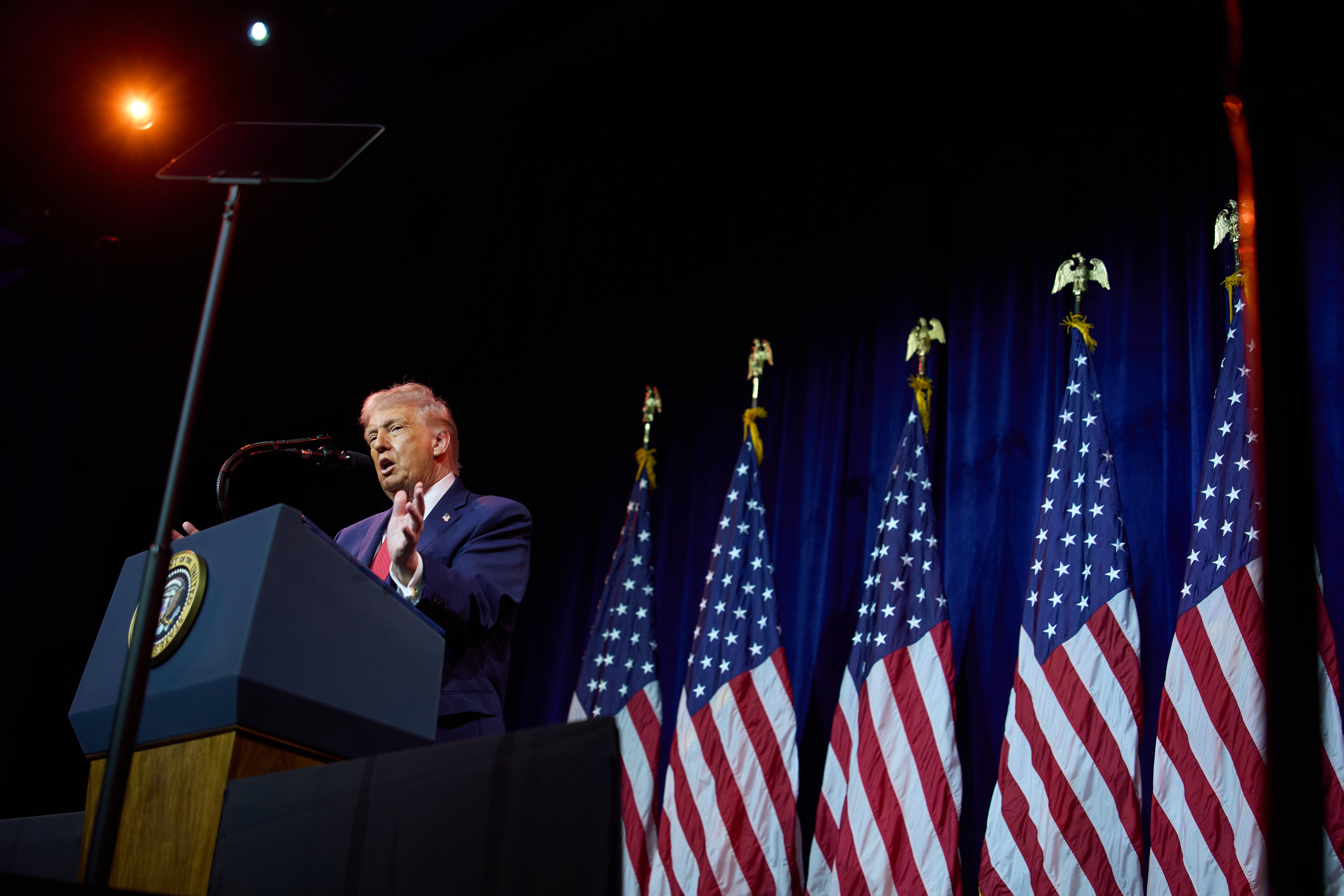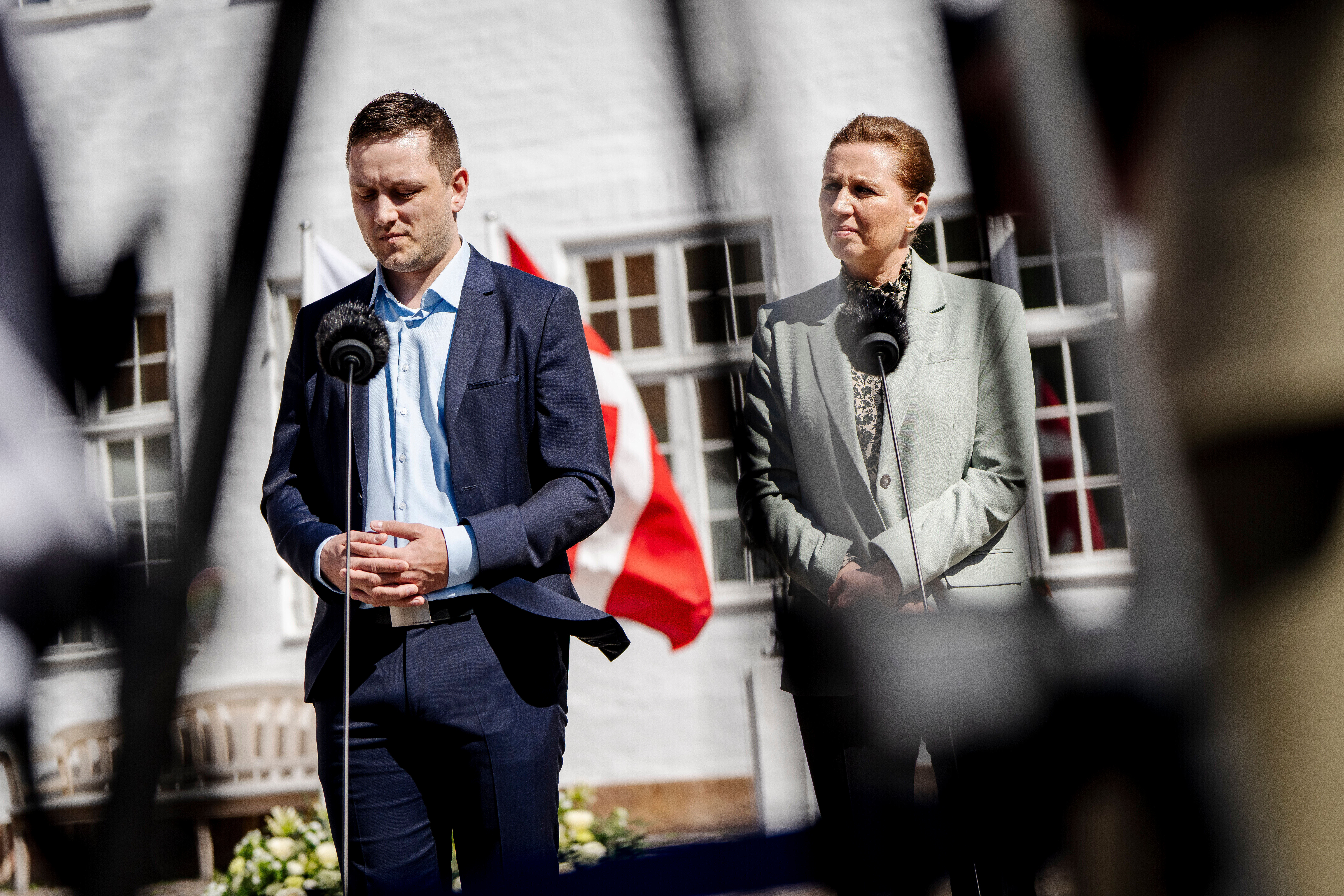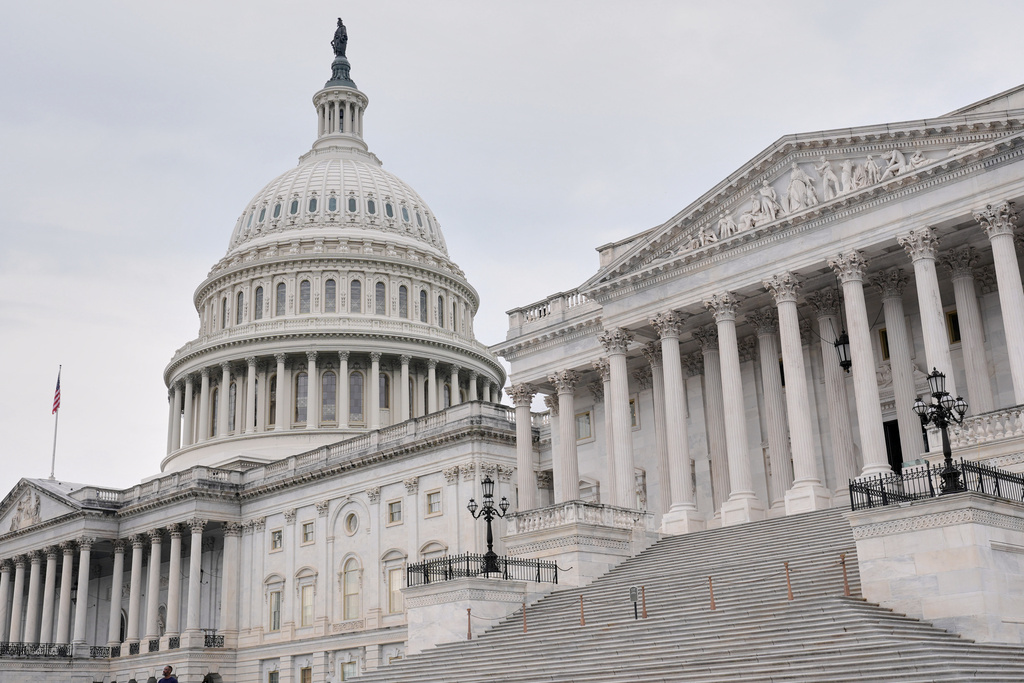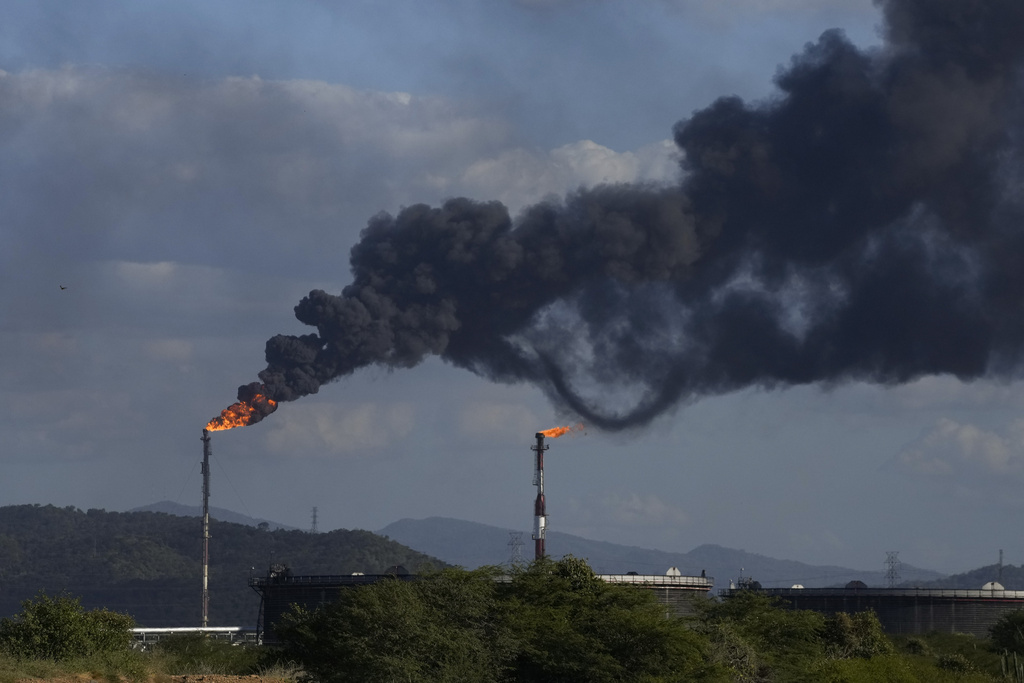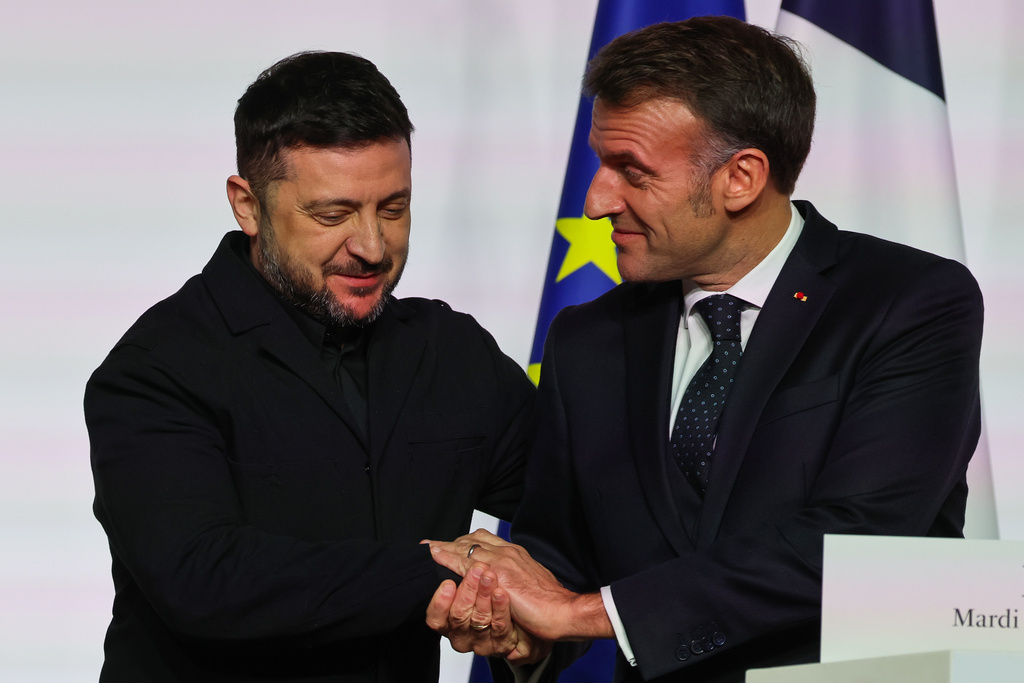Four months in, it’s a gun fight — big guns, like the U.S.-provided howitzers, weighing in at around 10,000 pounds.
With the war’s center of gravity shifted to eastern Ukraine, the key to holding ground for the both sides is launching artillery rounds. Hitting the right place, at the right time. With a wall of fire that holds, or decimates the enemy.
Ukraine’s disadvantage, which it readily admits: they’ve got far fewer guns and shells than the Russians.
But what Ukraine does have, are drones, and satellite internet.
Mykhailo, who doesn’t want us to use his last name, works for Aerorozvidka.
"Starlink now is [used] very widely," Mykhalio said.
Aerorozvidka is a Ukranian Air Reconnaissance Unit, and relies on Elon Musk’s Starlink satellite internet system to convey real-time intel.
"Decision making happens more rapidly. And then as a result, the artillery is working more sharply," Mykhalio said.
NEWSY'S JASON BELLINI: Do you have an example where that was very successful, where Starlink helped you to communicate quickly and it had important results?
MYKHALIO: Yes, when our special forces, with help of Aerorozvidka, find and stop the huge column which moved from Belarus. BELLINI: Towards Kiev?
MYKHALIO: To Kiev. Yes.
Mykhalio's unit was one of the earliest of adopters of Starlink, after Russia blew up the cellular networks along its warpath.
"Our guys used the Starlink to correct the fire of artillery. And it was in real time. And it was very successful," Mykhalio said.
By the start of the war, Spacex’s Falcon 9 rockets had deployed more than two thousand low-Earth orbit satellites, which were just beginning to beam internet service to unconnected corners of the planet.
When Russia invaded Ukraine on February 24, Ukraine, at that point, had only wished upon a Starlink.
By the end of that first week, Ukraine’s 31-year-old Minister of Information tweeted at Elon Musk, provocatively, “while you try to colonize Mars – Russia try to occupy Ukraine”... “we ask you to provide Ukraine with Starlink stations.”
Later that day, Musk responded: “Starlink service is now active in Ukraine. More terminals en route.”
Just two days later — they arrived.
Michael Schwille is a Senior Policy Analyst at Rand. He describes the skepticism of those early days.
"This technology would be able to be hacked, and the Russians would be able to see who's using these terminals, and then they'd be able to quickly target artillery rounds, to destroy these terminals by and large. I would make that make the case that that hasn't happened. It really seems to be a game changer," Schwille said.
And not just on the frontlines. Starlink restored communications to supply lines such as Ukraine’s railway network and to military field hospitals.
In he devastated Kyiv suburbs of Bucha and Irpin, Starlink stations were used to resume cellular service the people.
But perhaps one of its most dramatic impacts was beaming to the world, via Starlink, the last stand of Ukranian fighters in Mariupol, at the Azovstal steel plant.
Details are just emerging of how some daring helicopter pilots managed to rescue these fighters from Azovstal.
Flint is a Ukrainian Military Intelligence Officer.
"And it was also necessary to keep in touch with them constantly, therefore, the Starlink systems were also very important," Flint said.
Since the Russian invasion, Ukraine has received more than 11,000 Starlink stations. Some donated by SpaceX and an unspecified number purchased by the U.S government. Others are gifted by supporters of Ukraine, to some very grateful fighters.
Connectivity on the front lines is proving a major morale booster.
And the innovation continues, as highlighted in this new video from Ukraine’s Digital Transformation Ministry.
"Due to war in Ukraine, Spacex has updated its software to use less energy. Starlink is now powered by a car cigarette lighter.”
But the fight in eastern Ukraine is proving, as shown in this video of Russia purportedly destroying howitzers — that Ukraine’s pluck and perseverance, however necessary, may perhaps be insufficient.
"We are smarter. And we are fighting for our land. And these facts help us to fight," Mykhalio said.
In today’s world, restored connectivity equals restored hope.




